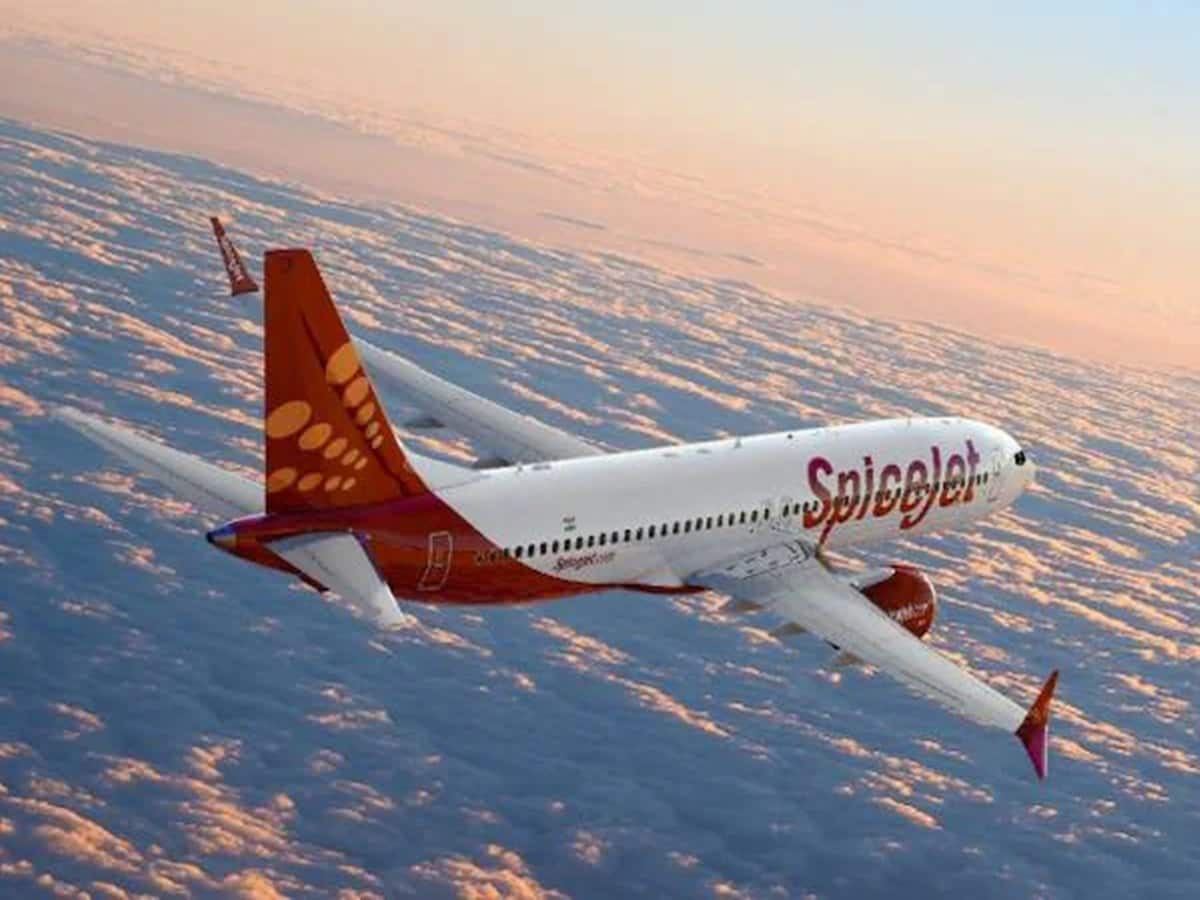In recent days, the aviation industry has been on high alert due to a series of bomb threats reported on various flights. This alarming trend has prompted airline officials to convene a critical virtual meeting to address security measures and communication protocols. The meeting, chaired by Joint Secretary S. Bhondwe, specifically scrutinized the role of social media platforms, particularly Elon Musk’s company X, in managing the dissemination of such threats. This article delves into the implications of these incidents and the responses from both airline authorities and social media companies.
The Rise of Bomb Threats in Aviation
Bomb threats in aviation are not new, but the frequency and manner of their occurrence have evolved, especially with the advent of social media. In the last eight days alone, several incidents have raised serious concerns about passenger safety and security protocols across global airlines. These threats can not only disrupt flight schedules but also instill fear among travelers.
Understanding the Nature of Threats
Most bomb threats are hoaxes, yet they necessitate immediate action from authorities due to the potential risks involved. The recent virtual meeting aimed to assess the credible threats and improve response strategies. Airline security teams are now more than ever dependent on effective communication channels to promptly address such situations.
Impact on Airline Operations
Airlines around the world have had to adapt their operational strategies in response to the increased bomb threats. This includes enhancing security screenings, implementing additional checks, and improving coordination with law enforcement agencies. Recent disruptions caused by these threats have not only affected flight schedules but have also led to increased overhead costs for airlines.
Social Media’s Role and Responsibility
Social media platforms play a significant role in the propagation of news and misinformation alike. In the virtual meeting led by S. Bhondwe, significant emphasis was placed on the responsibilities of platforms like X in controlling and monitoring the spread of bomb threat-related content. The concern is that unchecked rumors and false information can escalate panic and lead to unnecessary security actions.
Collaborative Efforts for Enhanced Security
Following the discussions, it has become clear that airlines, regulatory bodies, and social media companies must work closely together to develop a robust framework for addressing bomb threats. This involves a combination of prompt reporting protocols and public awareness campaigns aimed at educating travelers on recognizing and reporting suspicious activities.
Future Measures and Recommendations
To mitigate the risks of bomb threats in aviation, several measures can be recommended:
- Increased training for airline staff on threat identification and response.
- Implementation of advanced technology in security screenings to enhance detection capabilities.
- Stricter regulations on social media regarding the dissemination of harmful rumors and the rapid response to threats.
- Public awareness campaigns encouraging passengers to report suspicious behavior without fear of stigma.
Conclusion
As bomb threats continue to pose challenges for the aviation industry, proactive measures and collaborative efforts among airline authorities, government entities, and social media platforms are essential. By fostering an environment of vigilance and cooperation, the goal is to ensure travelers’ safety and maintain confidence in air travel.
